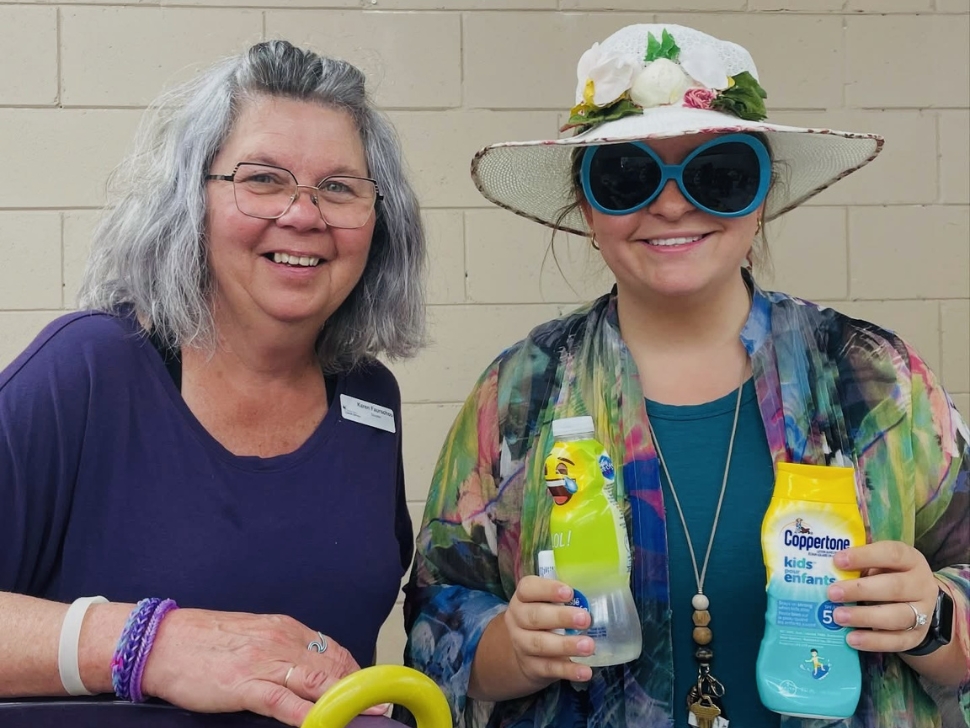Just because you can’t see the sun doesn’t mean it’s not there.
“Sun safety still matters on cloudy days,” explains Karen Faurschou, an educator with Central Plains Cancer Services. “Up to 80% of UV rays can penetrate clouds, so even when it feels cool or overcast you can still get sunburned.”
Manitoba has so far had a mostly hot, sunny summer season. People of all ages are enjoying the outdoors, but the fun of beach days, bike rides and picnics should not distract from the importance of UV protection.
“First off, any sunscreen is better than no sunscreen, but not all sunscreens are equal,” Faurschou says. “An SPF factor of 30 blocks 97% of UV rays. SPF 50 blocks out 98%. The higher SPF the better.”
Farschou also highlights the importance of reapplying sunblock products, especially sprays that are often convenient but tend to miss spots. Lotions, on the other hand, provide more thorough, even protection. She also recommends water-resistant products, which are especially helpful when swimming or sweating.
“But you still need to reapply every two hours after water exposure,” she says. “And look for the Canadian Dermatological Society logo and check your expiration dates.”
She also says tanning oils are a big no-no.
“Tanning oil is not safe. It typically amplifies UV exposure, increasing the risk of sunburn, skin aging and skin cancer,” she explains. “It offers little to no sun protection and can actually be quite harmful over time.”
And that pre-vacation base tan? It’s not a thing.
“We still hear about the base tan before the tropical holiday, but it’s a myth,” says Faurschou. “A tan is actually a sign of skin damage anytime, even if it slightly increases the melanin. It increases the long-term risk of premature aging, skin cancer like Melanoma and DNA damage to skin.”
She says that those fortunate enough to go on warm-weather vacations should seek shade under palm trees and wear UV clothing.
“Besides sunscreen, wear protective clothing, long sleeves, pants, tightly woven fabrics, UV cloth and wide–brimmed hats,” she says. “Use UV-blocking sunglasses as well, but make sure the sunglasses aren’t just a fashion statement. They should have a sticker on them with the UV block.”
While it goes without saying that sun safety is vital at any age, methods differ according to a person’s stage of life. Sunscreen is not recommended for babies under six months, for example. They should be kept out of direct sunlight. Seniors, meanwhile, have more fragile skin and could be more prone to sun-related damage.
The key, says Faurschou, is to adopt healthy sun-safety habits from an early age. She also points out that UV damage can occur at any time of year.
“UV rays can be harmful all year round, even in the spring, fall and winter. Think of reflections off snow or water. In Canada,” she says, “UV levels can be high from late March to early October, so protection is needed beyond summer and we need to remember that.”
For more information about sun safety, people can follow the UV index in their area. They’re also welcome to consult the Central Plains Cancer Services website.
